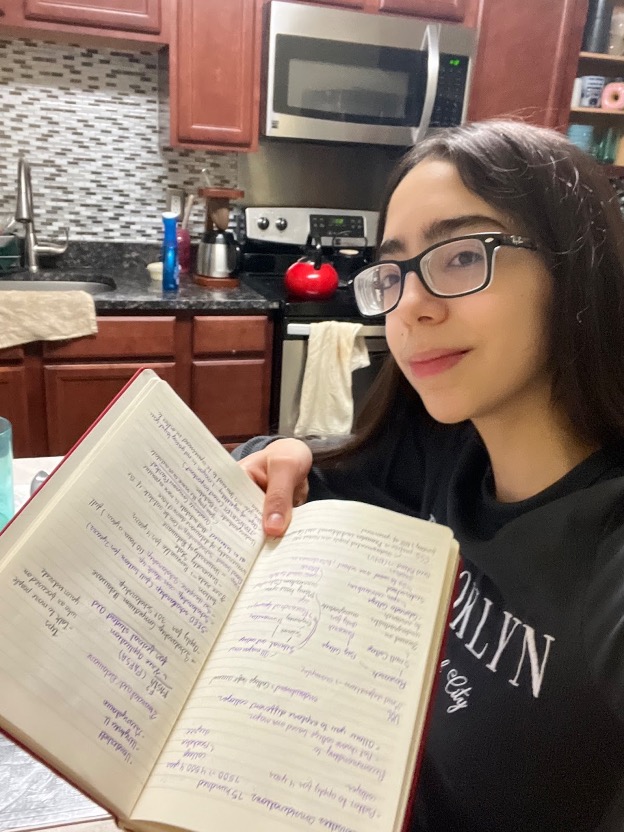Chloe Kang, Liberty High School, Class of 2025
I’ve always viewed college as the ultimate goal, the final destination that determines your worth. Unfortunately, a frugal lifestyle and a stubborn attitude about perfection led me to doubt my chances of reaching top universities, especially on a budget. Carroll County’s spring break is only four days, usually spent catching up on homework and studying for endless tests. But when Flematu Fofana, a current TeenSHARPie, reached out with high praise for the Delaware Goes to College (DGCA) program, I decided to give it a try. I wanted to know how to get into colleges I had only dreamed of attending. I needed to see how viable it was for me, an average kid from a rural county, to get there.
DGCA was a whirlwind of everything. From panelists to virtual college tours to vocabulary lessons, I was hit day after day with advice and explanations. One of my favorite activities was the breakout room session, “Understanding the Mind of an Admissions Officer.” It gave me a clear view of what my final college application would look like and how I would compare with potential applicants. It was a real way of seeing how I would be judged holistically: did I take a large percentage of the available AP classes offered at my school? Did I have a passion, and did I make a change in my community? Another panel that I appreciated was on Day One, where current seniors acknowledged the tumultuous feelings we were currently experiencing and how they conquered the admissions process. Learning from seniors who had just gone through the process made me feel seen. They gave advice not only on curating a college list and creating a good application but also on how to handle senior year and all the emotions involved.
I had two major takeaways from DGCA this spring break: all colleges are financially possible, and all colleges are worth noting. Financial aid through FAFSA is not the end-all-be-all; many colleges, especially liberal arts colleges, have set aside money to grant scholarship funding for students that would be a perfect fit for their community. I learned about the difference between need-blind and need-aware colleges and that I shouldn’t be deterred by the sticker price. Top colleges tend to meet full financial need – another vocabulary term I learned! Lastly, keeping an open mind about colleges is important when choosing where to apply. Different colleges have different resources, student communities, and opportunities. Rather than being swayed by the title of the school, the acceptance rate, or the most popular majors, I should focus on the end goal of college: who will I be at the end of the college journey as a senior? College isn’t the final destination at all; it’s a stepping stone to my adulthood, and I need to choose wisely where I decide to apply—and ultimately commit.
DGCA was a long process; it meant sitting at a computer for hours, leaving school and immediately logging on without taking a break, staying in the moment for all the hours, and staying engaged to embody the advice DGCA provided. But this boot camp made me more confident in the college process. I may still be nervous and unsure of where I’ll end up, but I’m more prepared than I was before DGCA week.
For more information about TeenSHARP and the STRIVER program, visit TeenSHARP.org.
About TeenSHARP:
TeenSHARP is a national nonprofit that prepares Black, Latino, and low-income students to attend and thrive at America’s top colleges with little or no debt. Founded in 2009 by Atnre Alleyne and Tatiana Poladko, TeenSHARP has evolved into a leading provider of innovative, at-scale college access and leadership development. Year after year, 100 percent of TeenSHARP scholars successfully pursue a 4-year college education, with 95 percent admitted to the most selective colleges; and the majority graduating with $15,000 or less in college debt. TeenSHARP’s mission is in service of a bold vision that, one day, the diversity of our country’s top jobs and most influential leadership positions will reflect the country’s rich diversity.

 More Than a Destination: What DGCA Taught Me About College
More Than a Destination: What DGCA Taught Me About College 
